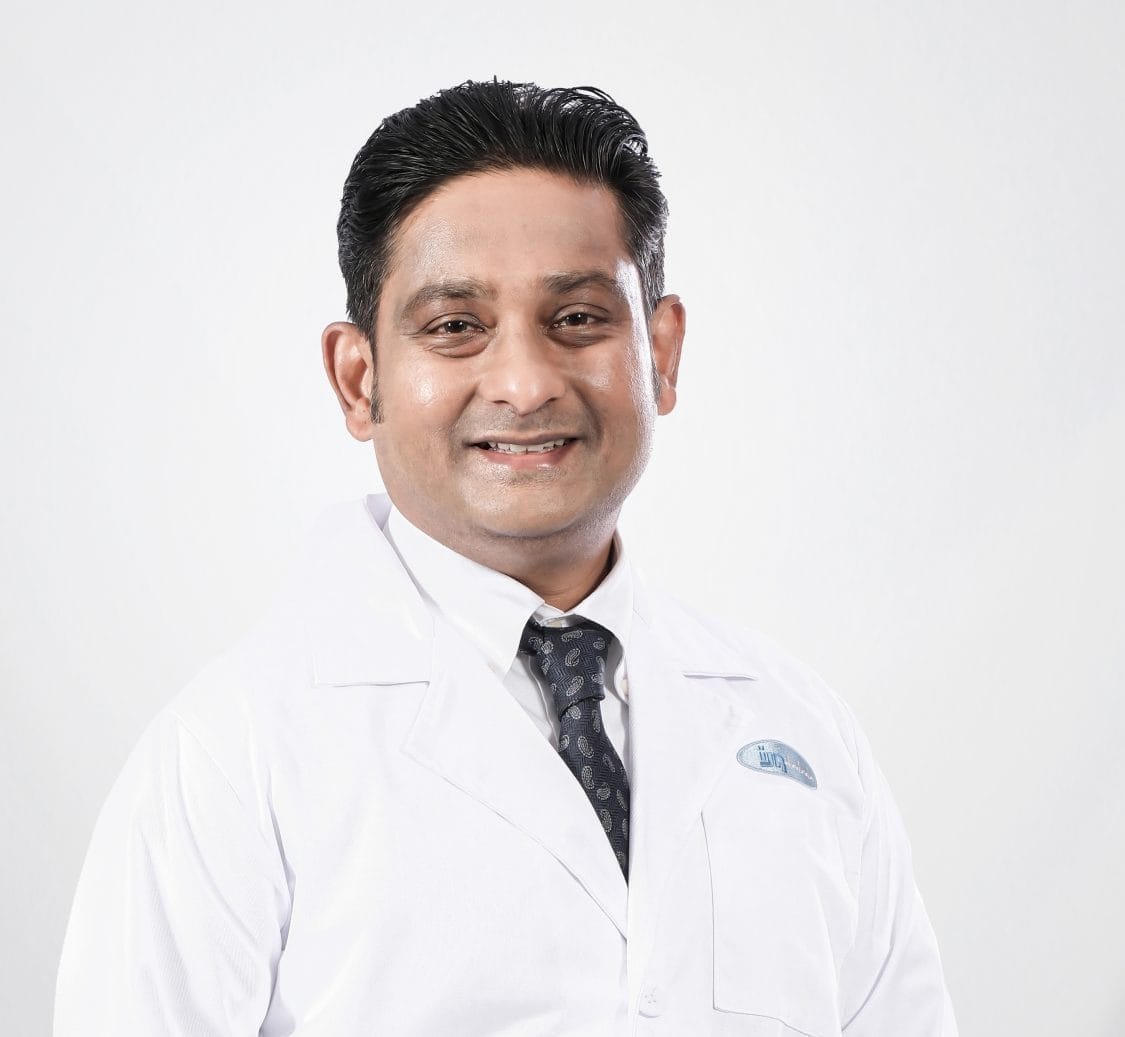A Lifeline For Children With Complex Heart Defects

For many parents, discovering that their child has a congenital heart defect is one of the most distressing moments of their lives. While medical advancements have provided solutions for many heart conditions, some complex cases require highly specialised interventions.
One such breakthrough procedure, known as unifocalisation, is offering renewed hope to children with severe heart defects — yet few are aware of its existence.
Congenital heart defects (CHDs) are among the most common birth defects, affecting approximately one in 100 newborns worldwide. While many CHDs are mild and manageable, some rare and complex forms require intricate surgical correction. One such condition is pulmonary atresia with ventricular septal defect (PA/VSD) and major aortopulmonary collateral arteries (MAPCAs), which occur in approximately two to three per 100,000 live births. These defects cause severe oxygen deprivation, making everyday activities like walking, playing, or even breathing a struggle.

The National Heart Institute’s (IJN) Senior Consultant Cardiothoracic Surgeon (Paediatric) / Clinical Director Paediatric Surgery Dr Sivakumar Sivalingam explained that unifocalisation is a game-changer for these children.
“For children with PA/VSD and MAPCAs, the normal pathways for blood flow to the lungs are either underdeveloped or missing altogether. Without intervention, their oxygen levels remain dangerously low, affecting their growth and overall wellbeing. Unifocalisation allows us to carefully connect and reconstruct the blood vessels, ensuring a more efficient and stable blood supply to the lungs,” he said.
Dr Sivakumar shared that studies have shown that without surgical intervention, over 50% of children with PA/VSD may not survive past early childhood.
“However, with timely unifocalisation surgery, survival rates and quality of life significantly improve. Research has demonstrated that successful unifocalisation can lead to long-term survival rates exceeding 80%, with many children going on to lead active lives with minimal restrictions,” he said.
Unlike performing a staged procedure where the patient will need multiple interventions through multiple incisions, the unifocalisation can performed through a single incision.
The procedure can be completed in a single stage depending on the status of the pulmonary vasculature.
“The advantage of this approach is to ensure that one can achieve a near normal blood flow to the lungs which will have a significant impact on the long-term survival.
“Furthermore, performing the procedure in a single stage at early life will certainly reduce the number of reinterventions and hence is cost effective and improve the long-term outcomes,” Dr Sivakumar said.

However, he added that due to the complexity of the procedure, unifocalisation is not widely available.
“It requires not only an experienced surgical team but also state-of-the-art facilities and a highly skilled multidisciplinary team for post-operative care. In Malaysia, IJN remains the only cardiac centre offering this procedure, making it a vital institution for families seeking the best possible care for their children.
“It’s important that parents and referring doctors know about this option. We have seen children who were initially thought to have no viable treatment go on to live active and fulfilling lives after unifocalisation. Early assessment is key because timely intervention can make all the difference,” the surgeon emphasised.







